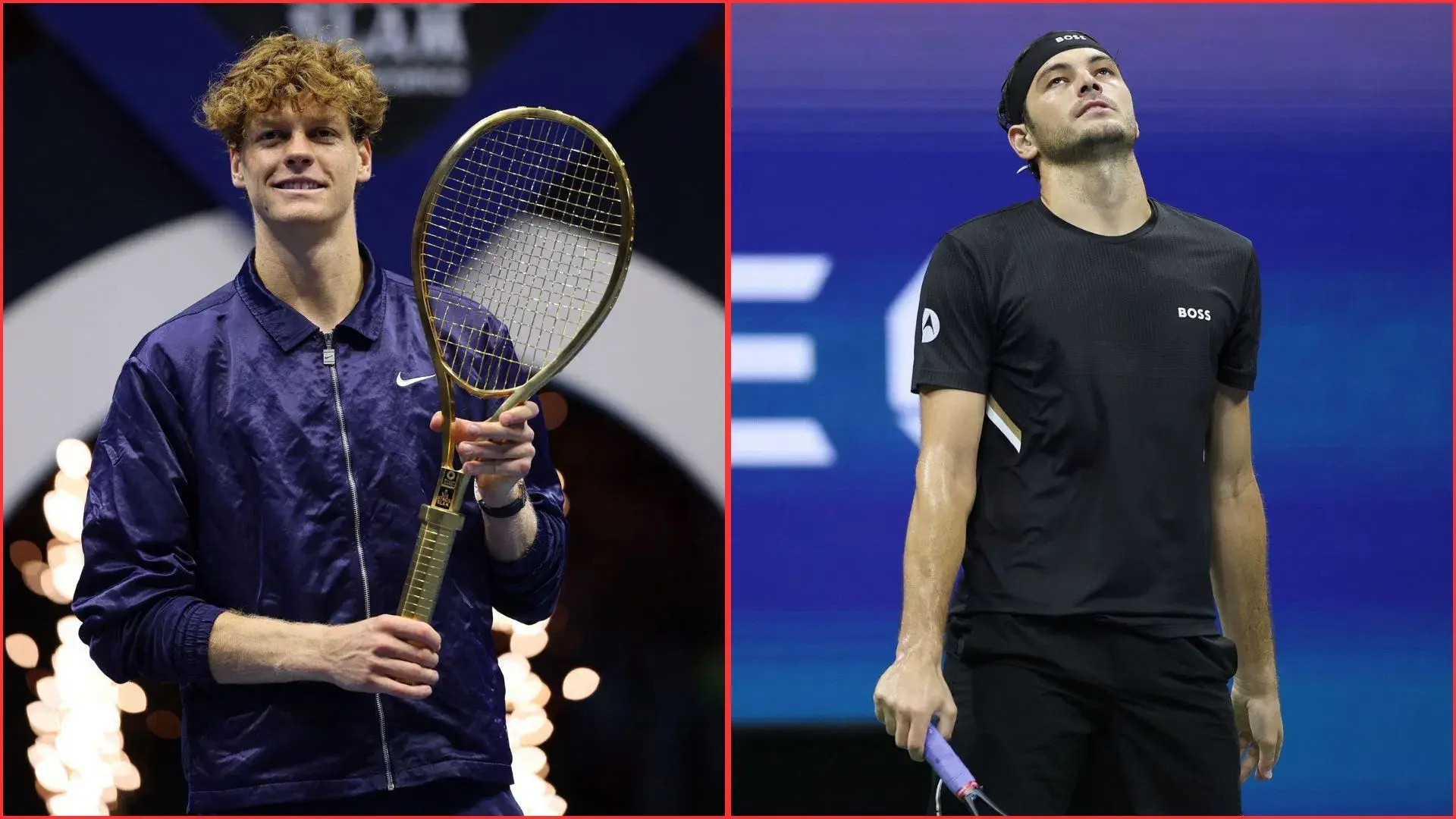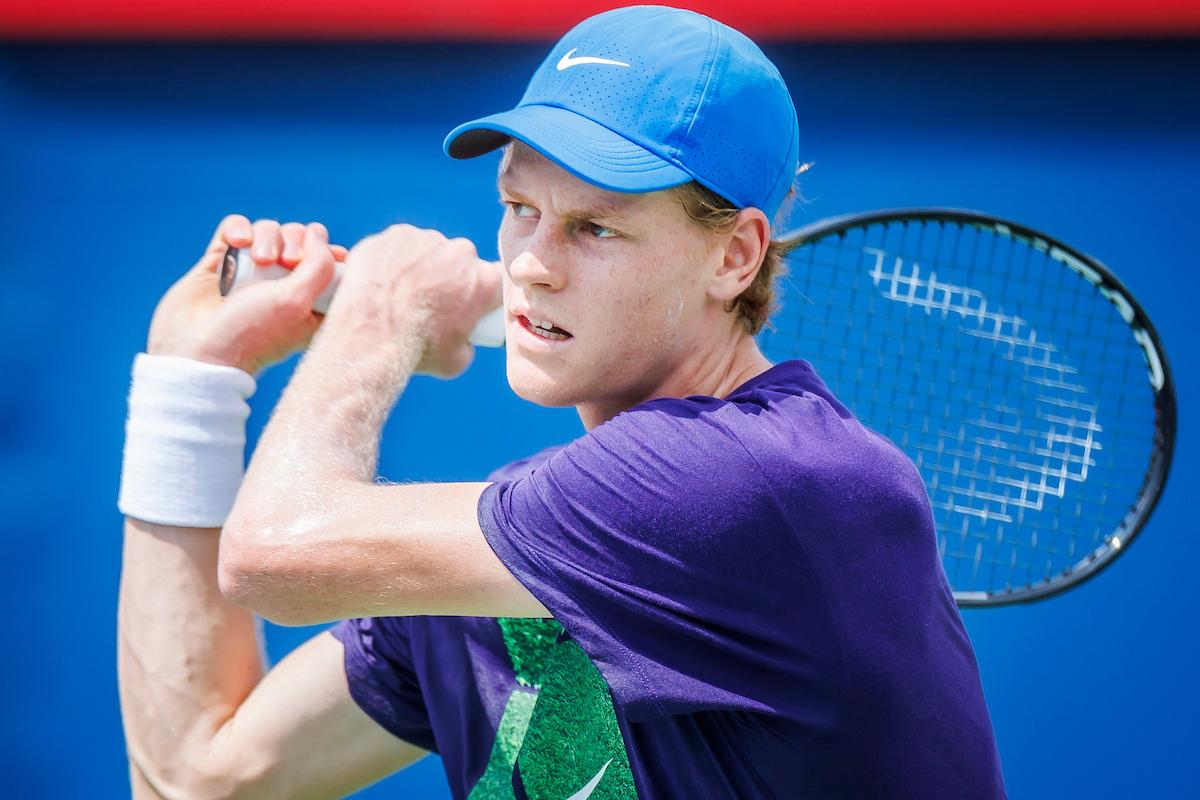In a striking development that has sent ripples throughout the tennis world, top-ranked Italian player Jannik Sinner secured a jaw-dropping payout of US $6 million at the 2025 Six Kings Slam exhibition event in Riyadh, Saudi Arabia.

The event’s massive payout has catalyzed fresh debate over the widening gap between elite exhibition earnings and traditional earnings on the ATP Tour, with analyst Jon Wertheim publicly backing Taylor Fritz’s criticisms of tour scheduling and compensation structure.
Sinner’s payday came via an exhibition format that guaranteed each participant a $1.5 million appearance fee and awarded the winner an additional $4.5 million, culminating in the record‐setting total.
This figure surpasses any Grand Slam prize money earned by players this year under official ATP or WTA rules, highlighting a seismic shift in tennis compensation.
Analyst Jon Wertheim pointed out how this disruptive number underscores not only the financial lure of exhibition events, but also the growing frustration among players over the demanding calendar and relatively modest rewards of the regular tour.
Wertheim referenced Fritz’s remarks that top players are increasingly asking: “Why grind for twelve days in brutal conditions when you can play an exhibition for fewer matches and earn millions?”
Fritz, himself a high‐level competitor, did not mince words: he challenged critics to show one other event where a player could potentially earn six million dollars for just two or three matches.

His blunt question encapsulates the sense of imbalance many in the sport are now voicing: the earnings from marquee exhibitions now dwarf many traditional tournament payouts.
It is also worth noting that while Sinner’s payout is enormous, it came at an event that does not contribute ranking points or official ATP earnings totals.
In contrast, the earnings Sinner already posted on the ATP Tour this year are significantly lower, despite winning major titles. According to recent data his ATP prize money for 2025 sits at roughly US $12.35 million from official tournaments, a figure meaningfully less impressive considering the hours on court.
The resulting gulf in income between exhibitions and official tour events raises several key questions for the sport’s governance.
For one, how sustainable is a model where non-ranking exhibitions offer higher compensation than the most prestigious ATP or WTA tournaments?
Second, does the financial reward structure incentivize players to prioritise exhibitions over tour events — thereby weakening the tour’s standing and jeopardising competitive integrity?
Third, what message does it send to emerging players, who may need to grind through dozens of lower-tier events for modest pay while top stars earn millions for minimal matches?
Supporters of the current system argue exhibitions like the Six Kings Slam attract significant investment, entertainment value and global exposure – which in turn benefits the sport and its stars financially.
In Sinner’s case, his $6 million payday is transformative personally and symbolically. It confirms his status among the elite and positions him as the athlete who benefited first from this new era of big-money exhibitions.
But it also places him in the eye of the storm regarding tennis’s broader financial and structural debate.
If players begin to prioritise exhibitions for financial optimisation, the ATP Tour may risk losing its primacy and allure.






